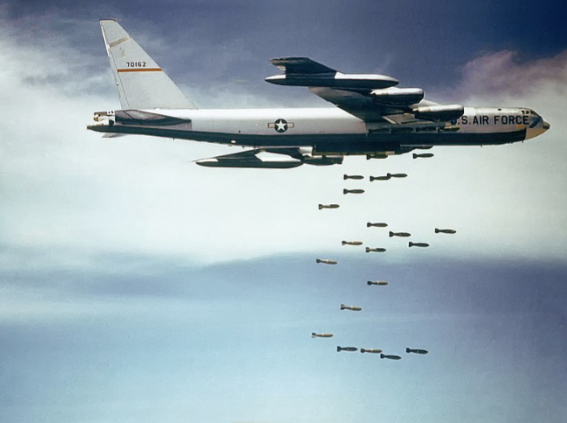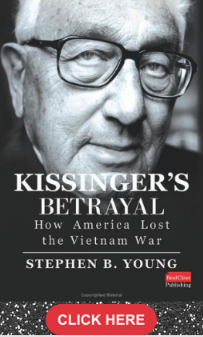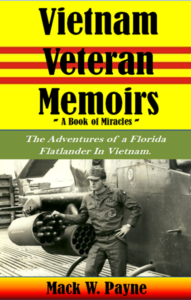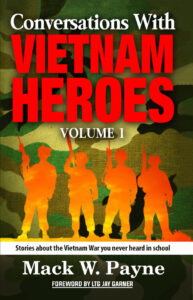Podcast: Play in new window | Download

B-52s bomber dropping bombs. Photo Credit: United States
Air Force.
Episode 2848 of the Vietnam Veteran News Podcast will feature the conclusion of a review of a paper just received about why chemical weapons were used in the Vietnam War. The paper was provided to this podcast by the Merry Band of Retirees. The title of the paper is: Review and Analysis: Evaluation of the Impacts and consequences of Using Agricultural Herbicides as Military Chemical Weapons in Second Indochina.
The paper was submitted by Kenneth R. Olson, College of Agricultural, Consumer, and Environmental Sciences, University of Illinois, Urbana, USA and David R. Speidel1, USDA Resource Conservationist and Agricultural Consultant with Natural Resource, Conservation Service and Foreign Agricultural Service, Benton, Missouri, USA.
In this episode, the review of the outstanding paper by Olson and Speidell will be concluded.
How dioxin (TCDD) and arsenic ions interact with soil, and groundwater and migrate through the environment when applied as herbicides is important to understand to develop plans to mitigate the harm. This is a complicated science. It is equally important to understand the complex human element of why such a decision can be made to use such hazardous chemicals as a weapon. Understanding this is important to learning better decision processes to avoid future misapplication of new technology
The legacies of the U.S. Vietnam War had impacts far beyond front-line veterans; encompassing civilian and military personnel who manufactured, transported and handled the tactical herbicides–arsenic-based Agent Blue and Agent Orange (and other 2, 4, 5-T herbicides) contaminated with the dioxin TCDD; those who came in contact with contaminated aircraft and other equipment; and the residual effects of these chemicals on southern Vietnam soil and water and the health of people who continue to work these lands for their living.
Listen to episode 2848 and discover more about the historical events that led to our use of chemical weapons in Vietnam.











